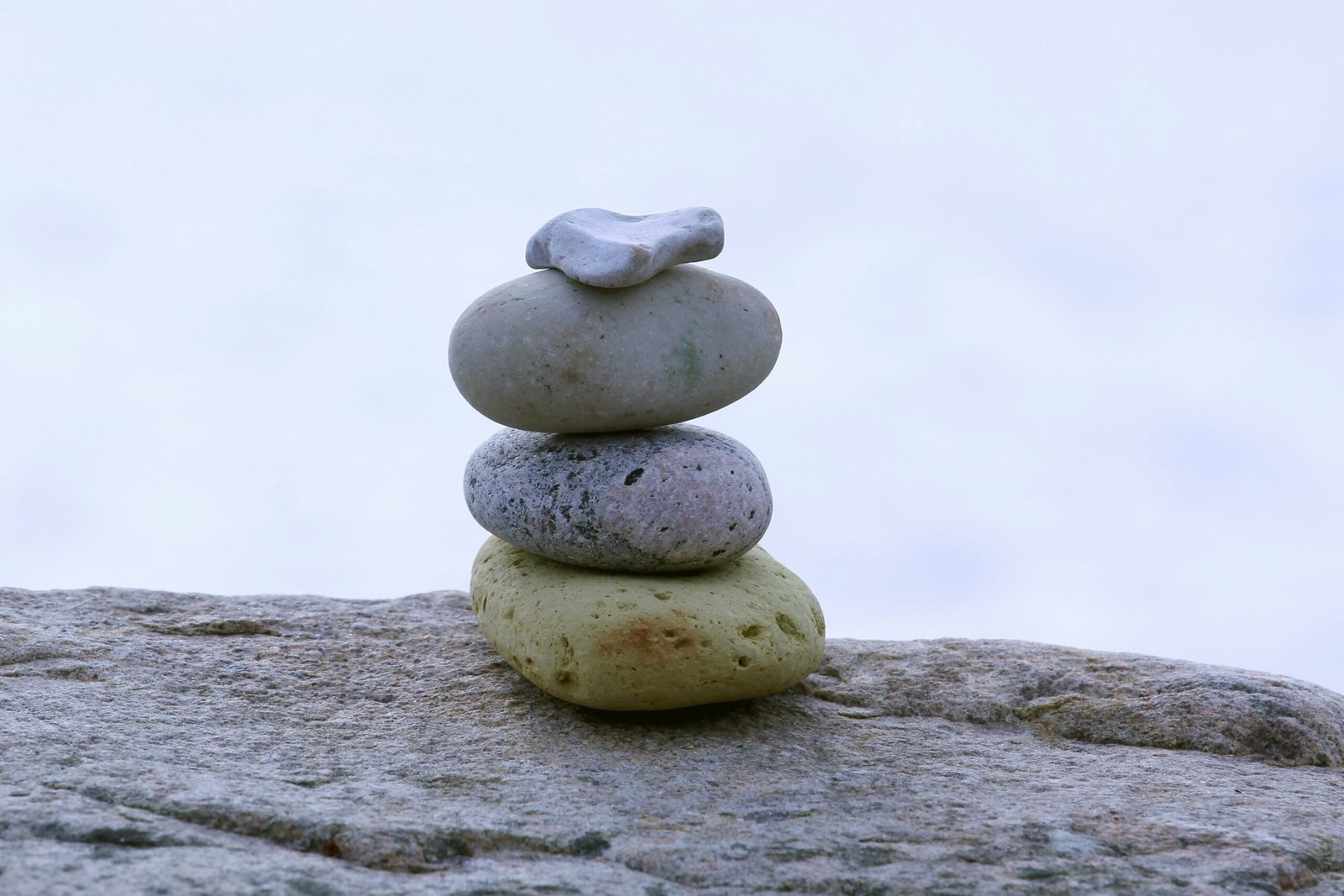Ever felt like no matter how hard you try, those stubborn pounds just won’t budge? What if the answer wasn’t in another diet fad but hidden in an ancient practice that’s been around for over 5,000 years? Enter Ayurveda and its cornerstone concept—tridosha balance. Yes, it sounds mystical (and maybe even a little hippy-dippy), but stick with me. By the end of this post, you’ll see why balancing Vata, Pitta, and Kapha might be your missing piece for sustainable weight loss.
Table of Contents
- Key Takeaways
- What Is Tridosha Balance?
- How Unbalanced Doshas Hinder Weight Loss
- Steps to Achieve Tridosha Balance
- Pro Tips for Sustained Results
- Success Stories: Real People, Real Transformation
- Frequently Asked Questions About Tridosha Balance
- Conclusion: Your Path to Holistic Health
Key Takeaways
- Ayurveda focuses on balancing the body’s energies, known as doshas—Vata, Pitta, and Kapha—for optimal health and weight management.
- An imbalanced tridosha system can lead to sluggish metabolism, cravings, and difficulty losing weight.
- Through lifestyle adjustments, mindful eating, herbal remedies, and stress reduction, you can restore tridosha harmony.
- Rome wasn’t built in a day—and neither is lasting wellness. Patience is key!
What Is Tridosha Balance?
Ayurveda teaches us that every individual is governed by three primary energies—or doshas—that influence our physical, emotional, and mental well-being: Vata (air and ether), Pitta (fire and water), and Kapha (earth and water). When these doshas are out of whack, chaos ensues—including unwanted weight gain.

Optimist You: “Oh cool, so I just need to figure out which one’s off?”
Grumpy You: “Yeah, easier said than done… let’s dive deeper.”
How Unbalanced Doshas Hinder Weight Loss
Let’s talk reality check. If you’re Kapha-dominant, you may notice sluggish digestion and water retention making fat loss feel impossible. Or perhaps fiery Pitta has got your cortisol levels skyrocketing, turning comfort food into midnight snacks. And don’t get me started on Vata types—scatterbrained energy leaves you skipping meals or binge-eating later.
I Once Ignored My Dosha Type… Oops!
I tried keto once upon a time without considering my dominant dosha (Kapha-heavy girl here). The result? Bloating worse than sitting through a five-hour Dharma lecture. Lesson learned: not all diets work for all constitutions.
Steps to Achieve Tridosha Balance
Step 1: Identify Your Prakriti (Body Constitution)
Start by taking an online quiz (or consulting an Ayurvedic practitioner) to understand whether you’re primarily Vata, Pitta, Kapha, or a mix. This intel will inform everything from your meal plan to your bedtime routine.
Step 2: Incorporate Seasonal Eating
Eat according to the seasons. For example:
- Spring = Favor bitter greens and light foods to pacify Kapha buildup.
- Summer = Cool Pitta with cucumber salads and coconut water.
- Fall/Winter = Ground Vata with warm stews and root veggies.
Step 3: Adopt Daily Rituals (Dinacharya)
Wake up early, oil-pull, sip ginger tea—it’s not magic; it’s dinacharya. These practices help reset your circadian rhythm and support overall doshic equilibrium.
Side Note: One Terrible Tip
Some blogs suggest fasting randomly to “detox.” Unless guided properly, this could wreak havoc on your already imbalanced doshas. Skip this nonsense unless you want headaches and mood swings galore.
Pro Tips for Sustained Results
- Prioritize gut health with triphala supplements.
- Meditate daily—even 5 minutes counts when life feels like a GIF on loop.
- Move your body but adapt exercises to your dosha (Kaphas prefer intense cardio; Vatas do yoga).
Success Stories: Real People, Real Transformation
Meet Sarah, a Pitta-overloaded marketing exec who swapped coffee for tulsi tea and lost 15 lbs while feeling calmer than ever. Or Rajiv, whose Kapha rebalance involved cutting dairy and embracing morning walks—hello, toned arms!

Frequently Asked Questions About Tridosha Balance
Q: Can anyone follow Ayurvedic principles, regardless of their dosha?
Absolutely, though customizing based on your constitution yields faster results.
Q: Are there specific herbs for tridosha balance?
Yes! Ashwagandha, turmeric, and guggulu are often recommended. Consult an expert before diving in.
Q: How long does it take to notice changes?
Consistency matters more than speed. Expect subtle shifts within weeks, dramatic improvements within months.
Conclusion: Your Path to Holistic Health
Balance doesn’t happen overnight, but committing to tridosha harmony sets the stage for transformative weight loss—and beyond. So grab your tongue scraper, cue some calming mantras, and trust the process.
And remember: Like tuning a guitar string, small tweaks make all the difference. Rock on, wellness warriors! 🤘
P.S. Here’s a bonus haiku because #WhyNot:
Autumn winds whisper,
Ginger tea warms Vata bones,
Tridosha sighs deep.


